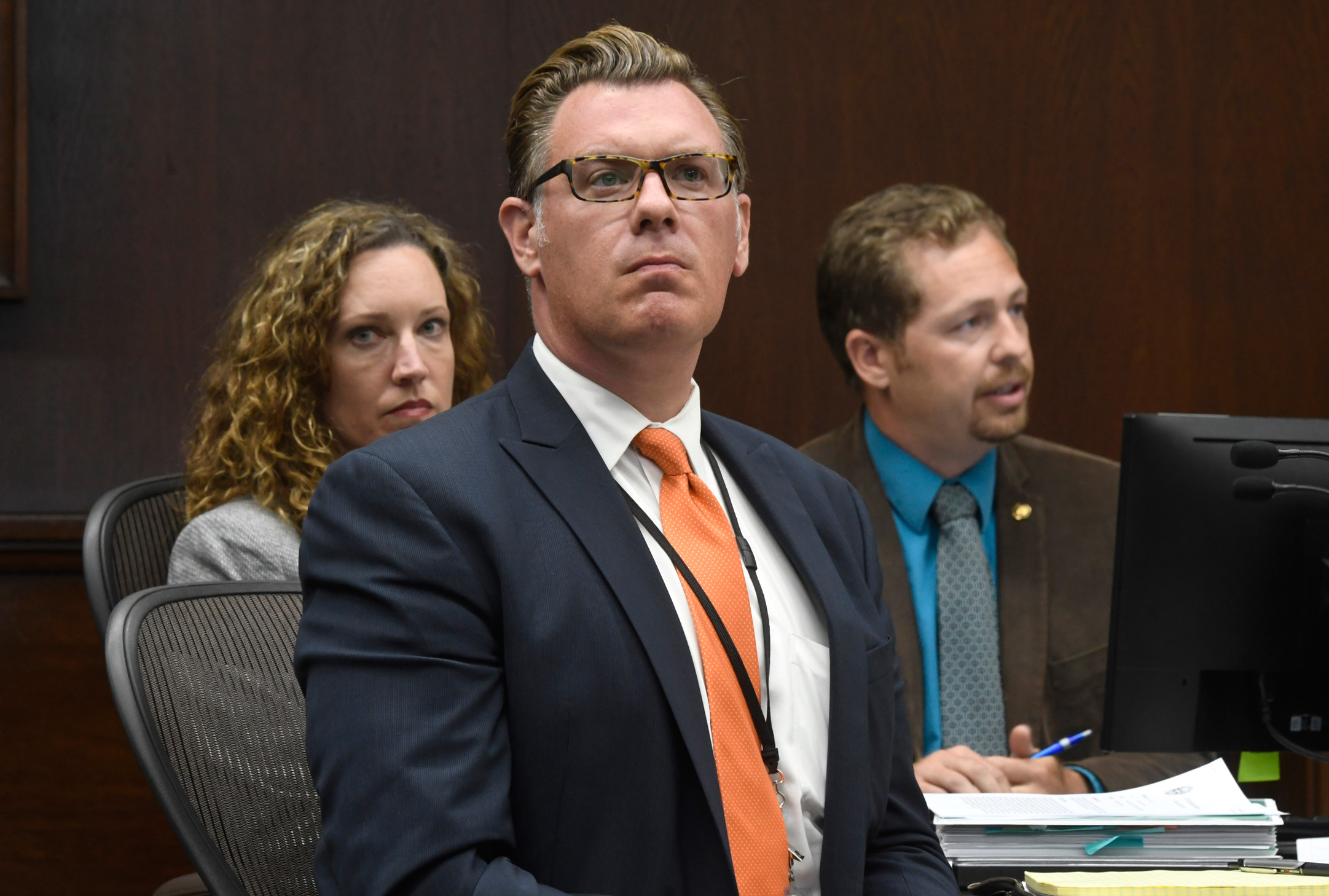City Outlines Recreational Marijuana Regulations
Discussion Begins Around Expanding Dispensaries Beyond Three Currently Allowed

The Santa Barbara City Council appears more receptive to marijuana than ever before. Quelling the fears of the few from the cannabis industry at City Hall, councilmembers moved forward with regulating recreational marijuana within city limits. Officials are far from detailing permissible weed operations from “seed to sale,” but there was discussion of expanding dispensaries beyond the three locations currently allowed in the city.
On Tuesday, city staff laid out the first steps of a regulatory framework. The city must establish its own policies; otherwise, state laws will supersede local control in early 2018. This urgency was not lost on councilmembers, who voted to send the draft proposal to the Ordinance Committee.
Perhaps expressing the most reservations was Councilmember Randy Rowse. He warned against the industry wooing policymakers with tax dollars. In Colorado and Washington, he argued, the revenues were not as fruitful as anticipated. What’s more, enforcement costs ate up much of the funds generated. “I’m not ready to be too cavalier about this,” he said, noting Attorney General Jeff Sessions is “very different” than Obama’s AG, Eric Holder, who was at the helm when the feds threatened to seize the assets of dispensaries in the City of Santa Barbara in 2009.
But the way California is headed, Councilmember Gregg Hart said, is to regulate cannabis like alcohol. Rowse, who owns Paradise Café, noted alcohol has “an amazing tracking system because it has an amazing taxation system.” Hart cautioned the proposed draft ordinance should return to the City Council before the Planning Commission reviews it to make sure the council is philosophically on the same page.
Anthony Wagner, the police department’s new community engagement coordinator, emerged as somewhat of an encouraging expert on marijuana regulation, having approved 17 pot shop applications when he sat on San Diego’s Planning Commission. Asked the impact on law enforcement, Wagner said he left before real numbers were crunched. He added, however, they designed the location of the shops in order to keep the calls for service down.



